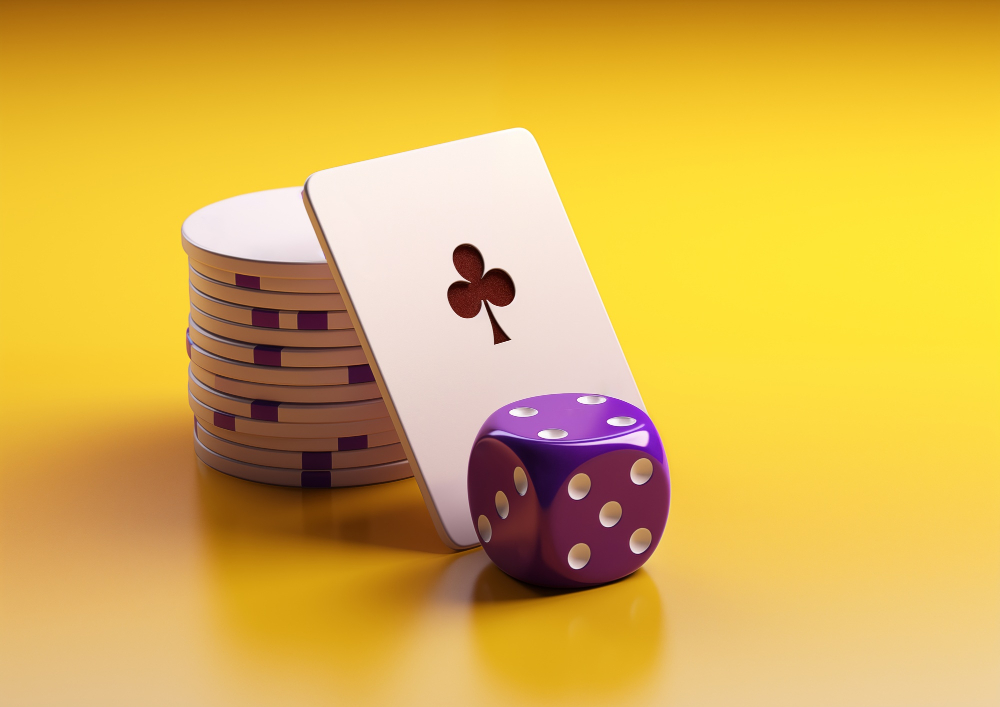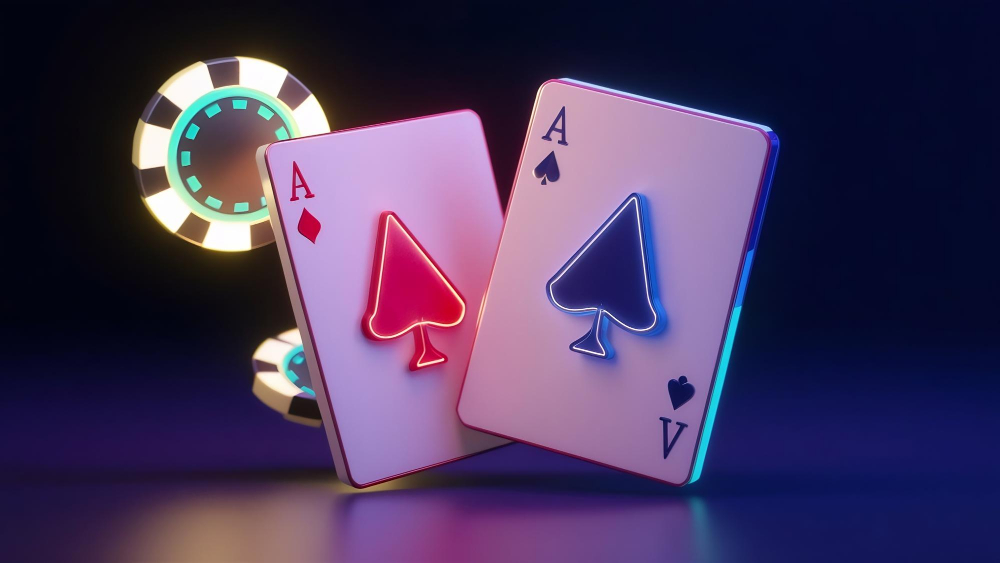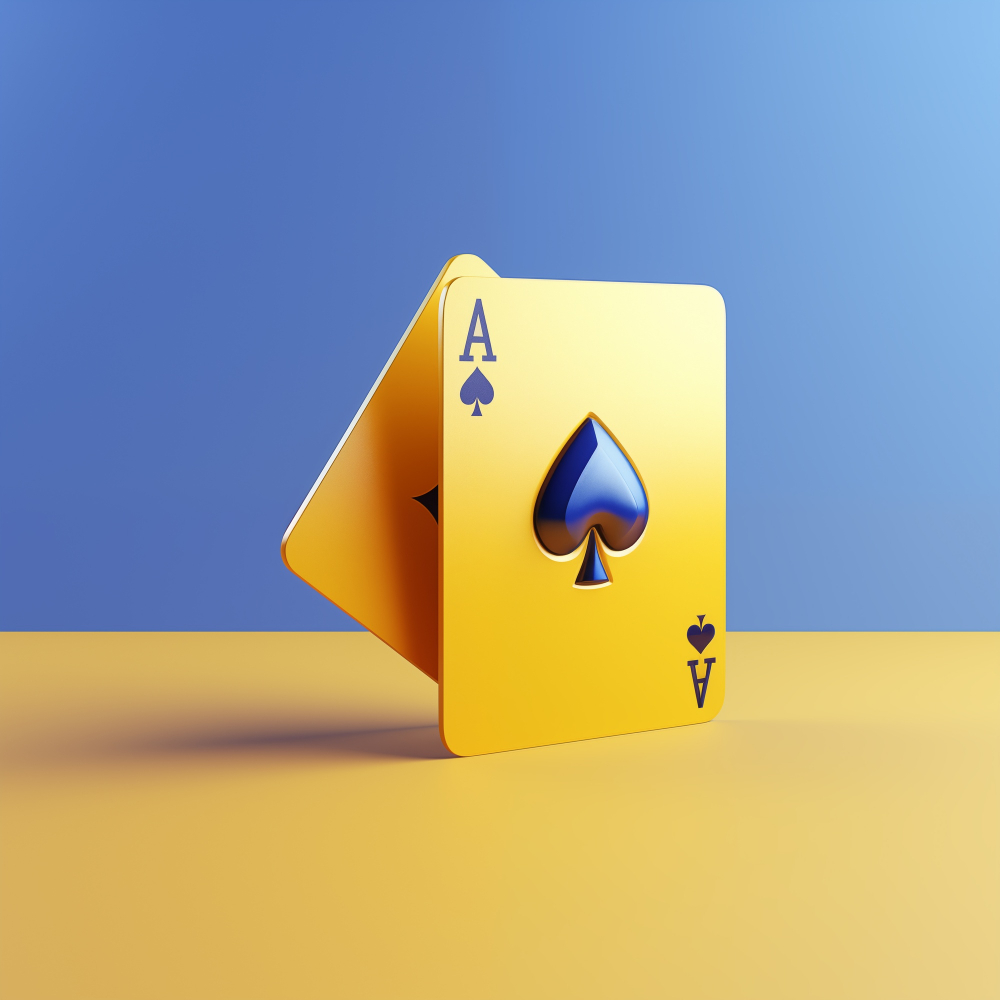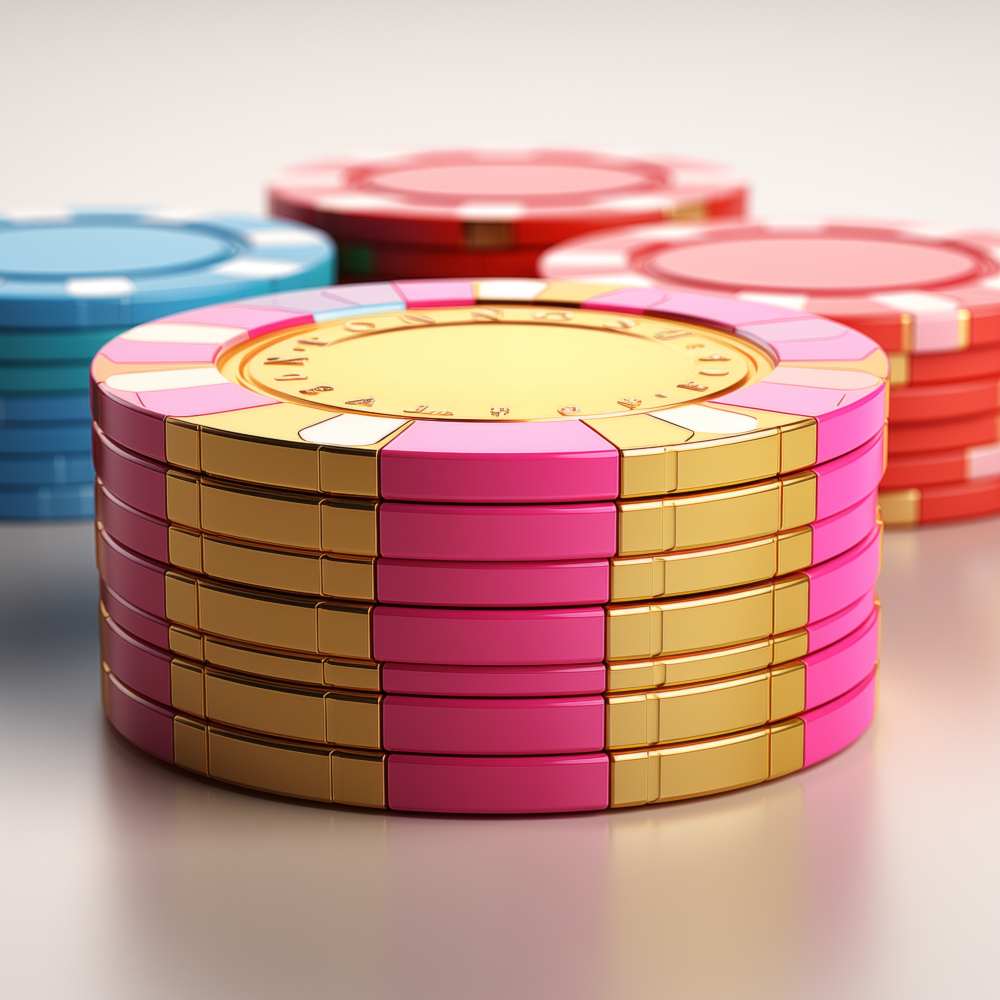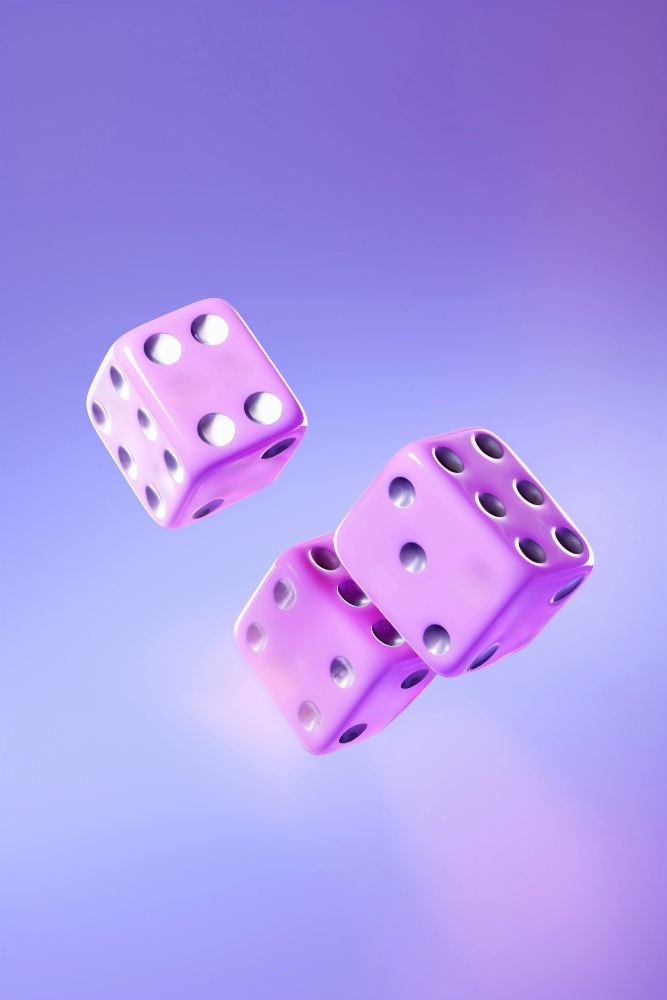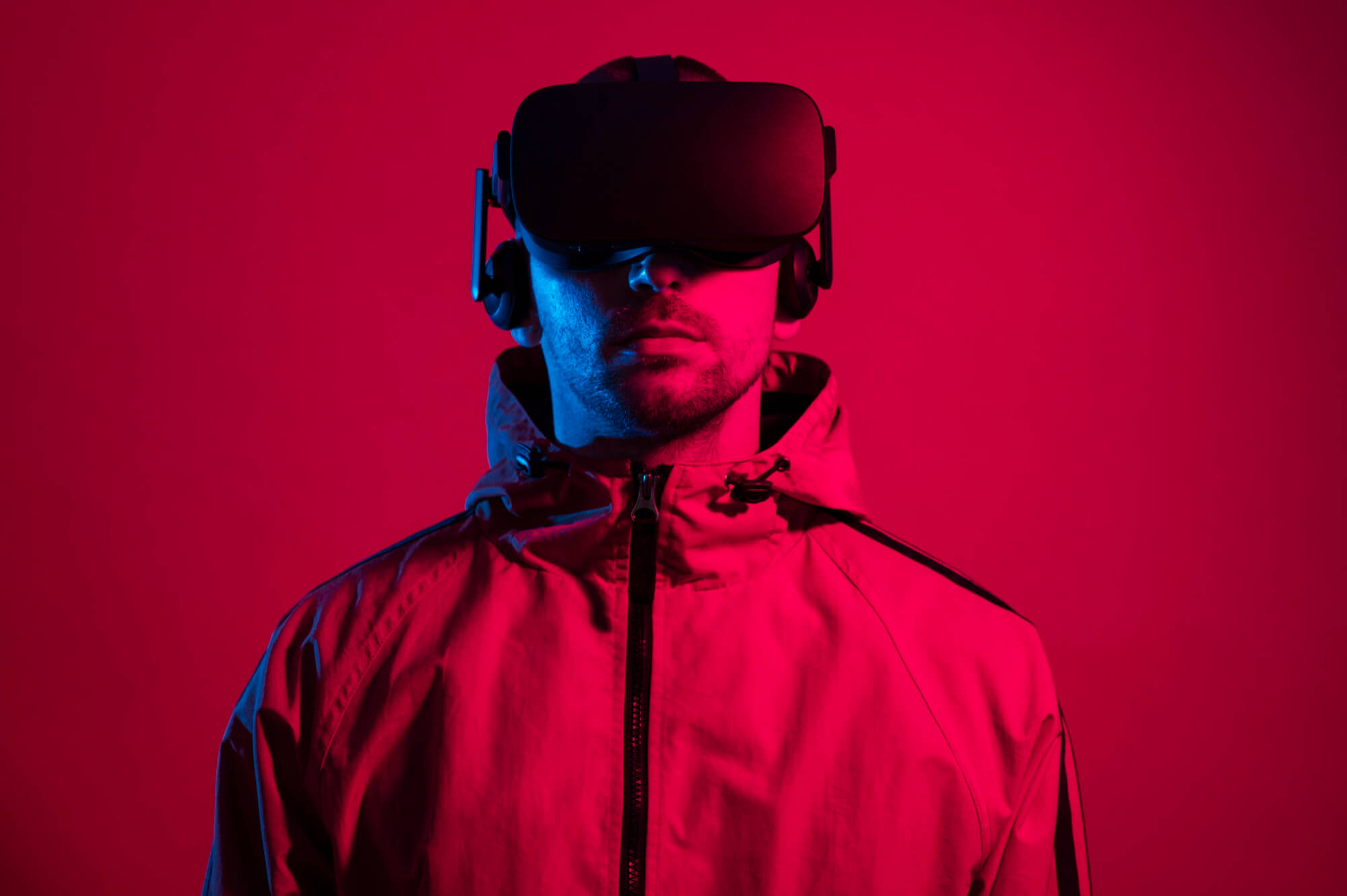In the world of poker, mastering your table image can dramatically influence your success. The concept of table image revolves around how your opponents perceive you, which can be strategically manipulated to your advantage. Whether you aim to appear as a tight and conservative player or a loose and aggressive one, understanding and altering your table image is crucial for gaining the upper hand in poker.
What is Table Image?
Table image refers to the overall impression that you leave on other players at the table. This can include your betting patterns, physical demeanor, and previous hand outcomes. In essence, it’s how others interpret your playing style and use this interpretation to make decisions against you.
Why is Table Image Important?
A well-crafted table image can lead to more informed strategic decisions. If your opponents believe you to be a tight player, they might fold more often when you bet aggressively. Conversely, if they see you as a loose player, they might call or raise, thinking you are bluffing. By continuously adapting your table image, you can keep your opponents guessing and make them more likely to make mistakes.
- Tight Image: Seen as conservative, rarely playing hands, usually having strong cards.
- Loose Image: Opposite of tight, plays many hands, often seen as bluffing.
Ensuring your table image aligns with your strategic goals can dramatically impact the game. For further tips and strategies on improving your poker skills, check out Pokertips.today. This resource provides valuable insights and techniques for elevating your poker game.
One of the most effective ways to leverage your table image is through your betting patterns. Frequent large bets can suggest you’re an aggressive player, potentially causing opponents to fold weaker hands. Alternatively, consistent small bets might make you appear conservative, possibly inducing bluffs from others.
Adapting Your Table Image
Changing your table image mid-game can be a powerful tactic. For example, if you’ve established a tight image and switch to more aggressive play, you can catch opponents off-guard. This shift can lead to profitable opportunities, especially if other players continue to perceive you as tight.
Practical Tips for Manipulating Table Image
Naturally, adapting your table image requires a keen understanding of both your own playstyle and the tendencies of your opponents. Here are some practical tips:
- Adjust During Play: Gradually change your style throughout the game to prevent becoming predictable.
- Observe Opponents: Pay close attention to how your opponents react to your actions and adapt accordingly.
- Bluff Wisely: Use bluffs strategically to reinforce the table image you wish to project.
Conclusion
Mastering your table image isn’t just about how you play your cards but also about how you are perceived by your opponents. By consistently evaluating and adjusting your table image, you can influence the decisions of your fellow players and steer the game in your favor. For those looking to delve deeper into the complexities and strategies of poker, visit Pokertips.today’s advanced guide section. This comprehensive resource can provide you with the knowledge needed to refine your table image and take your poker skills to the next level.

